Last February 29th, 2020, as a response to the last Syrian conflict skirmishes and resented with the deficient 2016 European Union migratory pact, President Recep Tayip Erdogan opened the country’s Western border to tens of thousands of refugees hosted there since 2012. While the measures taken by the EU consistently undermined the moral principles it has allegedly been defending since its creation, the Turkish leader used human suffering and hopes as path where to advance his long-desired neo-ottoman and hegemonic ambitions. The images witnessed at the Old Continent’s South Eastern fences laid bare the current international legal system shortcomings, concerning displaced person’s protection.
In 1951, following the League of Nations’ tale and confronting the IIWW bloodbath and derived humanitarian crises, the United Nations fostered the Convention relating to the Status of Refugees. As this last agreement was restricted to the European victims of the IIWW, the universal legal framework concerning forced displaced people was established with the consequent 1967 Protocol. Both agreements settled the contemporary refugee status’ definition, the conditions under whose asylum is granted, and the Signatory States’ duties in front of this issue.
Despite the importance and range of the terms agreed in the two mentioned agreements, the development of a comprehensive system to tackle the refugee phenomenon wasn’t new. Taking into account the historic human tendency towards armed conflicts, through the years several societies had built consistent norms’ frameworks aimed at facing this humanitarian reality. Nevertheless, the 1951 Convention and 1967 Protocols have been shored up as the main legal benchmarks within international law, and have overshadowed the ancient cultural practices that preceded them. Bearing in mind this dynamic, this article will attempt to shed light on the asylum principle presence and implications within the Sharia (Islamic law). The relevance of this approximation lays on the fact that 61.5% of total UNHCR refugee population is concentrated in Islamic countries.
Displaced protection within Quranic tradition
The notion of Hijrah was directly bond to the journey amid the two holy cities, according to the Quran, its meaning widens and varies depending on the scope, being physical or moral.
Firstly, it must be said that the event heralding the Islamic calendar beginning is a forced migration. As stated by the Quran, the assassination attempt happened in Mecca together with local tribes’ reluctance to recognise its legitimacy compelled the Prophet to leave the city heading to Medina. That exile is known as the Hijrah, Muhammad’s companions as the Muhajirun (the ones that carry out the Hijrah), and the local population that embraced the newcomers as ansar. That story would completely prompt the modelling of a legal code prone to support forcibly displaced individuals.
Despite the Hijrah concept was directly bond to the journey amid the two holy cities, according to the Quran, its meaning widens and varies depending on the scope, being physical or moral. The most common is the first one, which represents the flight of a Muslim motivated by its inability to properly exercise his faith due to persecution or repression based on his identity. The second one, metaphorically signifies the internal struggle effectuated by a believer who is confused or has committed a sin, when trying to adopt the accepted religious practices. Altogether, both conceptions are conceived as necessary actions for reaching a greater good, and consequently, forced migrations are an embedded reality within the Islamic law realm. Being influenced by this determinant relation, the Arab word used for referring to the “migrant” is muhajir, literally meaning the one that carries out the Hijrah, and as a manner to praise the mentioned muhajirun. Therefore, bearing in mind the etymological root of it, the Quran stands by the muhajir free movement and settling within Muslim lands, and at the same time it recognizes their basic rights. This, is affirmed in the Surah an-Nahl (16, “the bee”) Ayah 14:
“And those who emigrated for [the cause of] Allah after they had been wronged – We will surely settle them in this world in a good place; but the reward of the Hereafter is greater, if only they could know.”
Also in the Surah at Tawba (9, “the repentance”) Ayah 100:
“And the first forerunners [in the faith] among the Muhajireen and the Ansar and those who followed them with good conduct – Allah is pleased with them and they are pleased with Him, and He has prepared for them gardens beneath which rivers flow, wherein they will abide forever. That is the great attainment.”
And again in the Surah Al-Hashr (59, “the exile”) Ayah 9:
“And [also for] those who were settled in al-Madinah and [adopted] the faith before them. They love those who emigrated to them…”
Nevertheless, the term muhajir and the rights attached to it are exclusively assigned to the Muslim displaced.
Concurrently, in the Sharia it is also explicit the aman concept with a wider nature, which signifies the “refuge” or “protection” given to a person fleeing from any adversity. This one has a universal character, and is outlined in the Surah at Tawba (9, “the repentance”) Ayah 6:
“And if any one of the polytheists seeks your protection, then grant him protection so that he may hear the words of Allah . Then deliver him to his place of safety…”
When this “shelter” is given, the community will refer to the subject as mu’ammin. Furthermore, when the lodging period is extended indefinitely, the protection becomes to be called dhimma, and the subject dhimmi (literally “protected person”, or “peoples from the Book”, alluding the Christians and Jews). Both the amman and the dhimma, are essential components of the social structure built upon and regulated by the Sharia, and constitute a historic reality within the Ummah (Islam lands). As an example, meanwhile all Muslims should annually pay the zakat (one of the 5 Islam pillars), regarded as a tax aimed at reducing economic inequalities, the dhimmis, as they are community integrated subjects, should disburse the jizya (tax demanded to no-Muslims living in Islamic lands). A part of it, the aman is considered to derive from the concepts of Ijara and Istijara, which mean the request and concession of “refuge” to a foreigner. Despite these last two words are present in the Quran, their origin dates back to the pre-Islamic Arab hospitable traditions.
Bearing in mind the hostile and hazardous desert conditions, the local tribes developed a non-written ethical code mandating that any person who would lose its way should be warmly received by the community that would find them. Due to, before the appearance of Islam, the Arabic Peninsula was dwelled by Arab pagans, Christians (in Meridional Mesopotamia) and Jews (in Sanaa), that principle was applied to any individual, without caring about the religious background.
Asylum principle practical application
After evidencing the existence of the asylum principle, we may highlight how the divergence amid Islamic and International law, considering the asylum issue, it is not just a terminology matter, but also about authority. Within transnational jurisprudence the sovereign authorities legitimated for giving the asylum status are the state administrations, while the aman can be offered by any Muslim to a specific individual, and by an imam (religious leader) to large groups. This particular understanding has affected its implementation in the diverse Islamic World’s legal systems. Nowadays, despite no Muslim majority country has reflected the aman tradition in their corresponding constitutional texts, it gets certain presence in the international treaties released by Islamic organisations. Nevertheless, these resolutions are featured by their non-binding nature.
The main accords highlighting the Sharia’s asylum issue were adopted by Organisation of Islamic Cooperation (OIC), and consisted in the “Cairo Declaration on Human Rights in Islam” (1992), and the “Ashgabat Declaration of the International Ministerial Conference on Refugees in the Muslim World” (2012). In the first one, the Article 12, referring to the Sharia commandments, ambiguously recognise the free movement through the signatory parts’ territories. The second one, goes beyond and rises as a clear symptom of the aforementioned authority conception divergence. On the one side, acknowledges Islam’s influence in the construction of the asylum principle, and attributes the behaviour of the Muslim majority countries towards refugees, to its pertinent doctrinal influence. On the other side, it promotes voluntary repatriation in cooperation with the UNHCR. Hence, Ashgabat perfectly illustrates the struggle amid the rooted traditional social codes and the desire to approach the internationally accepted humanitarian law. This balance, essentially characterised by its asymmetry when favouring the global consensus, is also exemplified in the “Declaration on the Protection of Refugees and Displaced Persons in the Arab World”, released by the Arab League in 1992. This last declaration proclaimed that, in case any situation regarding the issue isn’t covered by the 1951 Convention or the 1967 Protocol, the state must resort to the Sharia parameters.
While the aman can be offered by any Muslim to a specific individual, and by an imam (religious leader) to large groups.
Being proved that currently the Sharia’s aman is relatively recognised in certain institutional frameworks, we should wonder until which extent it is being applied. Historically speaking, we can find several cases where Islamic territories have provided asylum to displaced communities, being the settling of Sephardic Jews in Middle East the most well-known. On the same line, since international law invokes this protection, several Muslim majority states have followed the mentioned tale. One illustrative example would be Malaysia, which is not a signatory of the 1951 Convention, but in the 70s embraced tens of thousands of displaced fleeing the Khmer Rouge Genocide and the Vietnam War. In the 90s, despite the distance, it gave asylum to 300 Bosnian families, and in 2006 it released more than 10000 residence permits to Rohingyas escaping from the Burmese State repression. Another outstanding example would be Sudan, which is considered one of the poorest countries in the world, but between 1970 and 1985, it sheltered more than 1.5 Million war displaced coming from Congo, Etiopia, Chad or Uganda. Finally, regarding its magnitude, it is important to highlight how the newborn Islamic Republic of Iran took in 3 million Afghan refugees between 1979 and 1983.
The Afghan situation in Iran is relevant to us, taking into account that the government granted them the international conventions’ fundamental rights, although without conceding the “refugee status”. Nevertheless, as a praise to the Prophet’s companions, they were designated as muhajir. Taking into account that Iran was immersed in a full-fledged war with Iraq, it might be thought that the hosting decision aimed to handle the foreign population as human capital for the wrecked economy (97% were sheltered in the main productive centres’ peripheries). Another example following the same path could be the words vowed by Erdogan at the Midyat Refugee Accommodation Centre in 2015: “We as Ansar, try to take care of our Muhajir brothers with the love, enthusiasm excitement of Medina.”. This discourse, where the Turkish population is associated with the Ansar and the displaced with the Muhajir, has been being claimed since 2013, when Turkey started to receive war displaced, that today amount more than 3 million. In spite of both cases display a determined pragmatist state policy, the use of these specific terminology evidences how deeply entrenched is this hospitable principle within the Islamic societies.
A positive social connotation
In order to complete an illustrative draw about Islam doctrinal influence in the current Muslim civilisation, we should look at the forced migrations leading actors, which are the refugees. According to several sociological researches, the displaced psychological welfare is precisely connected to the way they are perceived by recipient communities. Thus, one Victoria University (Australia) investigation in 2007, concluded that Iranian exiled living in Australia preferred to be identified by the term muhajir rather than by penahandeh (literally meaning refugee in Persian). Another one, published by Neuchatel University (Switzerland), had similar results with the Afghan war displaced living in Pakistan. When they needed to confirm their legal status in the country, the word muhajir was chosen instead of the “refugee status” granted by the UNHCR. The arguments exposed by scholars in both cases proved how the Hijra derivate term largely encompassed the psychosocial implications entailed in the resettling process, and in this way it illustrated a strong decisive identity component. Hence, its preferred use is about its capacity to embrace the emotional complexity evoked by indefinite expatriation, while it although supposed a narrative which the local Islamic communities were eager to engage with.
Finally, acknowledging law as a materialisation of the principles and reasoning of a specific community when facing a particular problem or collective phenomenon, the asylum formulation presents itself as the reflection of the implicated group’s social tendencies and intercommunal dynamics. Conclusively, the normative system developed by Islam can evidence the Muslim society’s historic tendency towards values such as hospitality, integration and empathy. At the same time, we have also been able to disguise how the XX Century international refugee protection, doesn’t suppose any innovative legal frame comparing to the precepts already reconciled in Islam.
Antoni Sastre Bel – FUNCI
References
Abd al-Rahim, Muddathir (June 2018). Asylum: a moral and legal right in Islam. Refugee Survey Quaterly. United Kingdom.
Abou El Wafa, Ahmed (2009). The Right of Asylum between Islamic Shari’ah and International Refugee Law. UNHCR & OIC. Saudi Arabia.
Aidani, Mammad (December 2007). Displaced Narratives of Iranian migrants and Refugees: Constructions of the Self and the Struggle for Representation. Victoria University. Australia.
Ashgabat Declaration of the International Ministerial Conference on Refugees in the Muslim World (May 12, 2012). Organisation for Islamic Cooperation.
Cairo Declaration on Human Rights in Islam (August 5, 1990). Organisation for Islamic Cooperation.
Centlivres, P & Centlivres-Demont, M (1988). The Afghan Refugee in Pakistan: An Ambiguous Identity. University of Neuchatel. Switzerland.
Couldrey, M & Herson, M (June 2012). Islam, Human Rights and Displacement. Forced Migration Review, Refugee Studies Centre. United Kingdom.
Fourth Arab Seminar on “Asylum and Refugee Law in the Arab World” (1992). Arab League.
Hoffstaedter, Gerhard (August 2017). Refugees, Islam, and the State: The Role of Religion in Providing Sanctuary in Malaysia. Journal of Immigrant & Refugee Studies. United Kingdom.
Lynch, M & Brand, L (March 2017). Refugees and Displacement in the Middle East. Carnegie Endowment for International Peace. United States.
Mobayed, Tamim (January 2018). Islam Ethics and Refugees: reflections on the responses of Muslim-majority countries to the Syrian Refugee “crisis”. Research Center for Islamic Legislation and Ethics, Hamad Bin Khalifa University. Qatar.
President of the Republic Of Turkey official webpage (20 June 2015). President Erdogan Shares Fast Breaking Dinner with Refugees at Midyat Accomodation Center.
Saito, Mamiko (December 2007). Second-Generation Afghans in neighbouring countries. From mohajer to hamwatan: Afghans return home. Afghanistan Evaluation and Research Unit. Afghanistan.
Riosalido, Jesús (2001). En derecho de asilo en la tradición árabe e islámica y sus problemas de aplicación a la realidad contemporánea. Foreign Affairs Ministry. Spain.
Turk, Volker (2008). Reflections on Asylum and Islam. Refugee Survey Quaterly. United Kingdom.


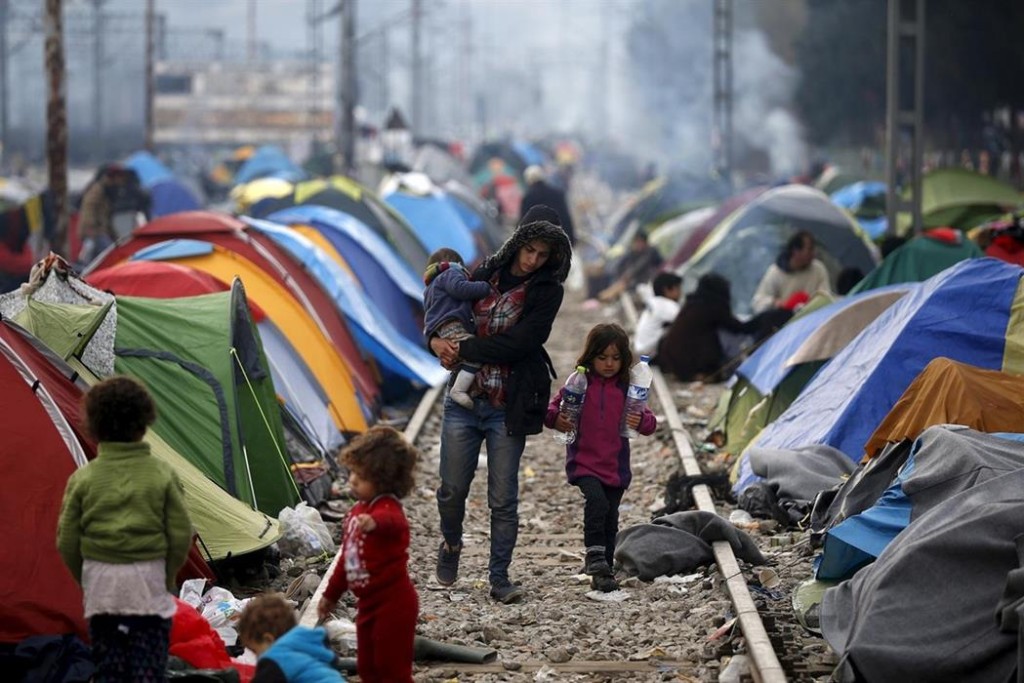
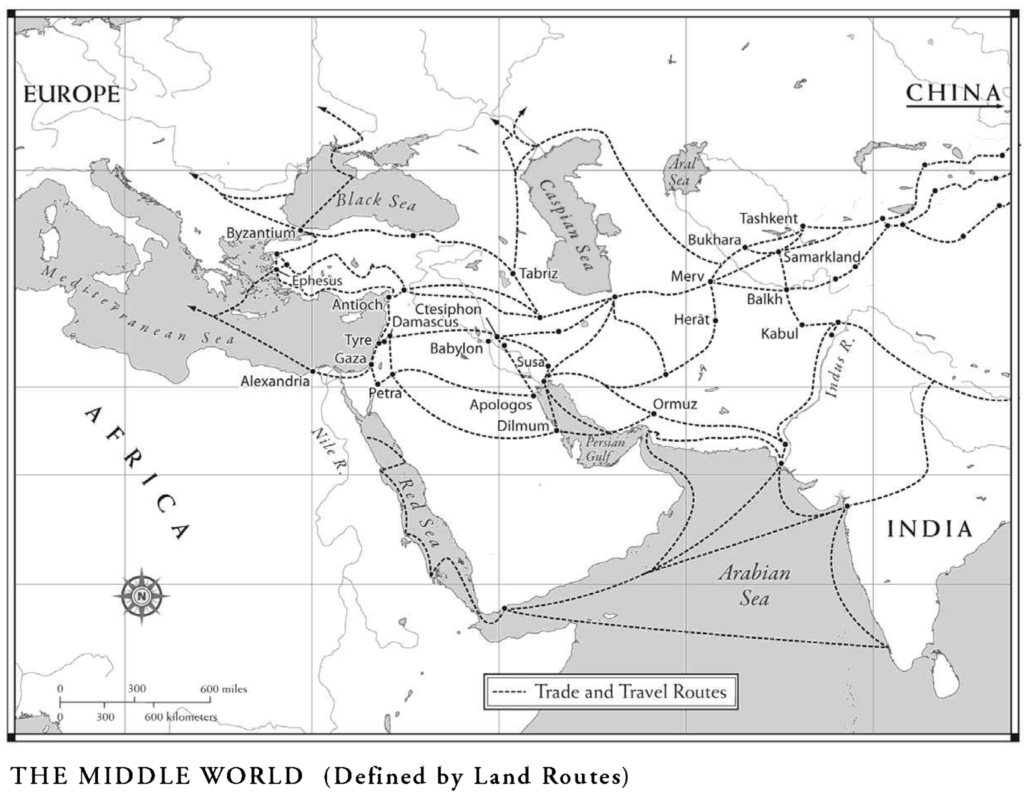

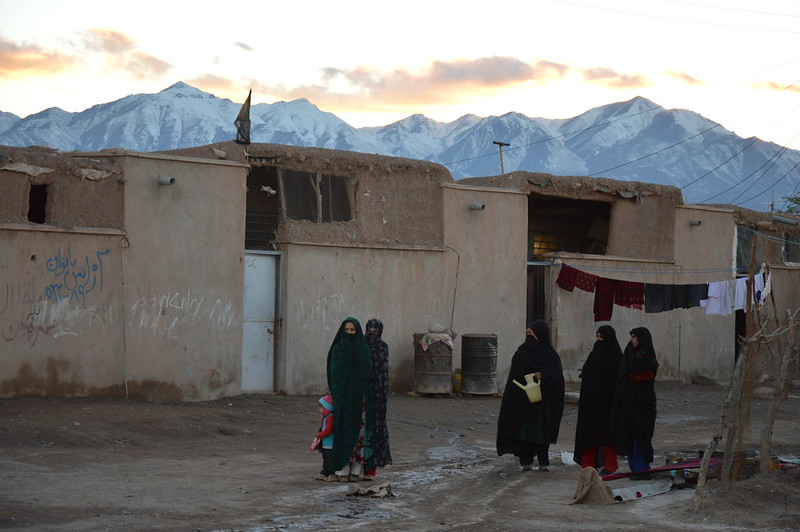
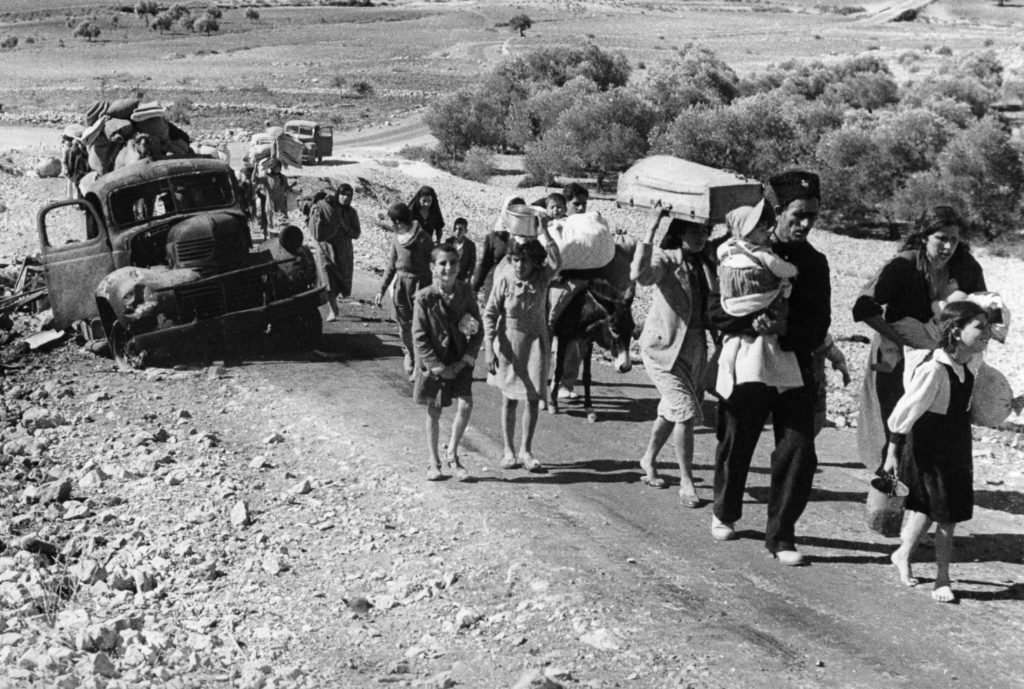


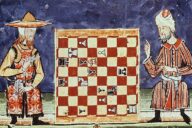











No Comments